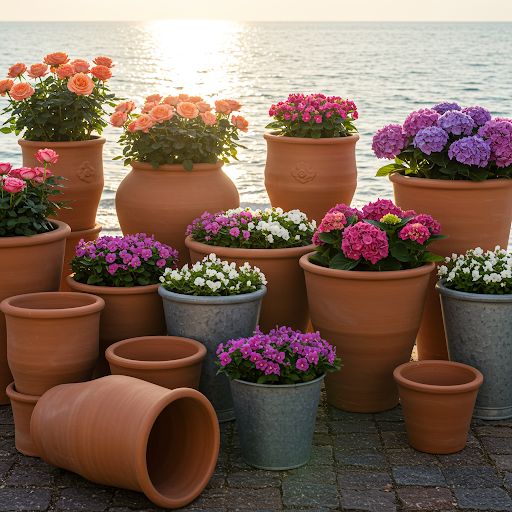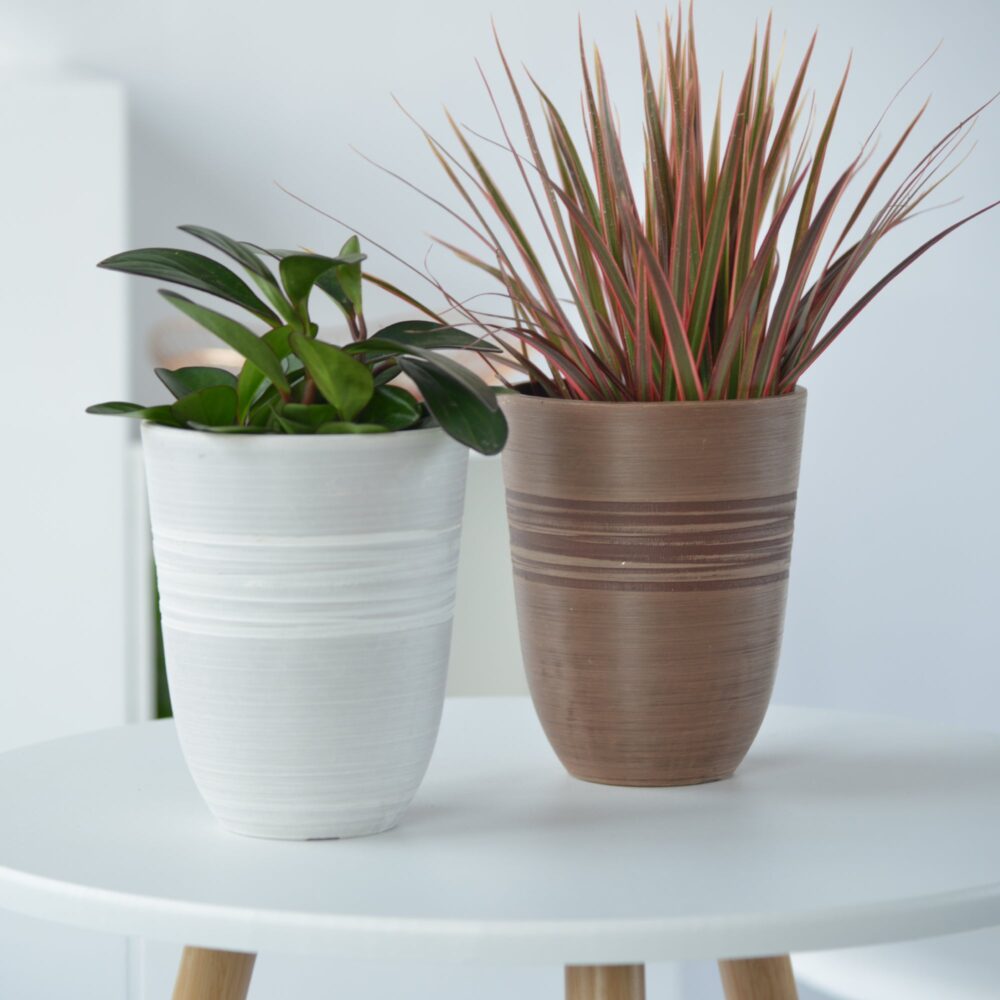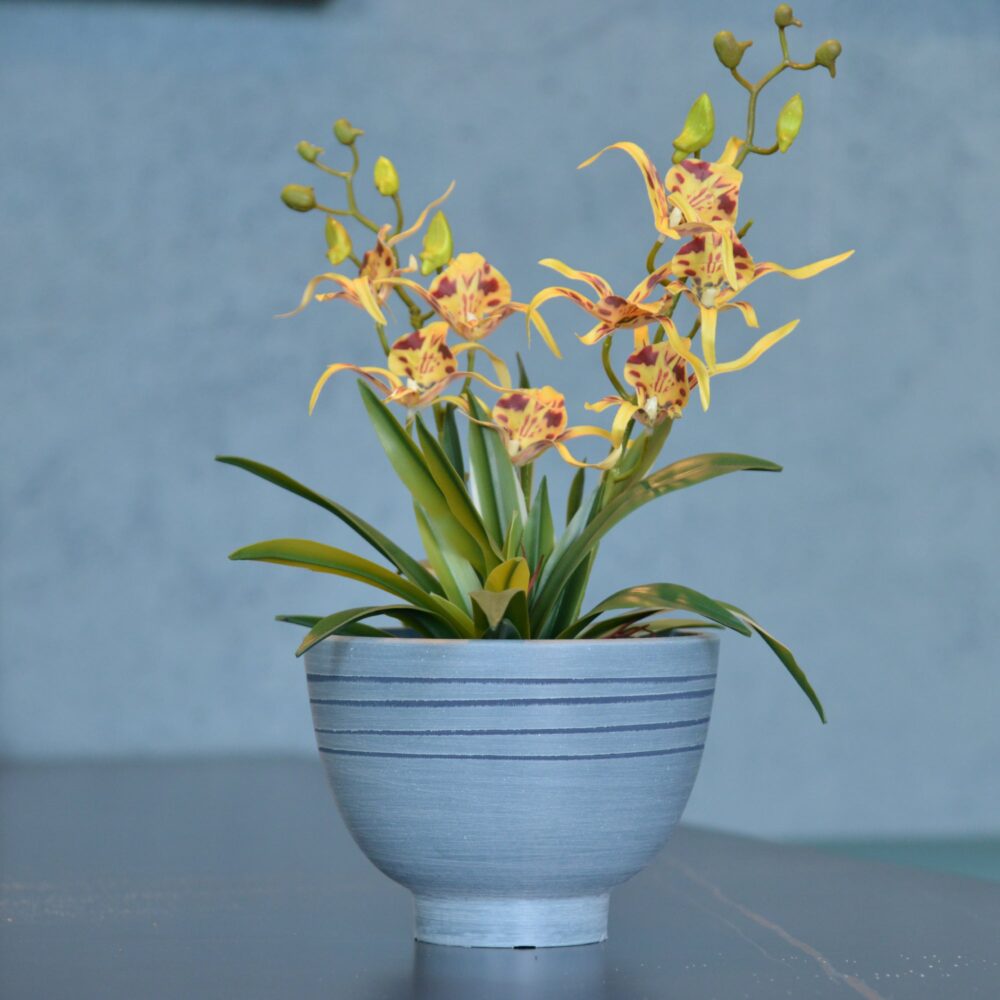Beyond Plant Height: Root Ball Size and Planter Choice – A Gardener’s Guide
When it comes to choosing the right planter for your plants, it’s easy to focus on the plant’s visible height. After all, that’s what you see above the soil! However, experienced gardeners know that the secret to thriving container plants lies beneath the surface – in the root ball. Understanding the relationship between a plant’s root ball size and the planter size is paramount for ensuring healthy growth, preventing common problems, and unlocking the full potential of your container garden.
This article will guide you beyond plant height and illuminate the crucial connection between root ball size and planter choice. We’ll explain why focusing on the root ball is essential, how to assess its size, and provide a practical step-by-step approach to selecting planters that perfectly match your plants’ needs. Get ready to transform your container gardening success by mastering the art of root-centric planter selection!
Why Root Ball Size Matters More Than Plant Height
While plant height is a quick and easy measurement, it tells only part of the story. The root ball is the compact mass of roots at the base of the plant, and it’s arguably the most critical factor in determining appropriate planter size. Here’s why:
- Roots are the Foundation: Roots are the plant’s lifeline, responsible for absorbing water, nutrients, and oxygen from the soil. A healthy, well-developed root system is essential for overall plant health and vigorous growth.
- Root Ball Size Reflects Root System Size: The size of the root ball directly reflects the extent and density of the plant’s root system at that moment. It’s a tangible representation of the plant’s “underground infrastructure.”
- Planter Must Accommodate Root Growth: The primary function of a planter is to provide adequate space for the root ball to comfortably fit initially and to allow for future root growth. A planter chosen based solely on plant height might be far too small for the existing root system, leading to problems from the outset.
- Health and Vigor Dependent on Root Space: Restricting the root ball in a pot that’s too small will lead to root-bound conditions, stunted growth, nutrient deficiencies, water stress, and overall plant decline – regardless of how impressive the plant’s height might be above the soil.
Understanding the Relationship: Root Ball to Planter Size
The ideal planter size directly correlates with the size of the plant’s root ball. Think of it as providing a correctly sized “house” for the plant’s roots to live and grow in. Here’s the fundamental relationship:
Planter Diameter & Depth Should Exceed Root Ball Size: A good rule of thumb is to choose a planter that is at least 2-4 inches wider in diameter than the root ball and at least 2-4 inches deeper than the root ball’s depth. This extra space is crucial for several reasons:
- Room for Initial Root Comfort: The root ball needs to fit into the new planter without being crammed or excessively compressed.
- Space for Root Expansion: Roots naturally grow outwards and downwards in search of water and nutrients. The extra space allows for this essential root expansion, promoting healthy growth and nutrient uptake.
- Improved Water Retention & Drainage: A larger volume of potting mix around the root ball helps retain moisture more evenly and improves drainage, preventing both drought and waterlogging.
- Enhanced Stability: A wider base provided by a larger planter offers better stability, especially for top-heavy plants as they grow taller.
How to Choose a Planter Based on Root Ball Size: A Step-by-Step Guide
Follow these steps to choose the right planter size, focusing on the root ball:
Gently Remove the Plant from its Current Pot (If Applicable): If you are repotting a plant, carefully ease it out of its existing container. If you’re planting a new plant from a nursery pot, you’ll need to remove it from that nursery pot. Handle the plant gently to minimize root disturbance.
Examine the Root Ball: Once the plant is out of its pot, take a look at the root ball. Observe its shape, size, and density.
- Measure the Root Ball Diameter: Use a ruler or measuring tape to measure the diameter of the root ball at its widest point. This gives you the approximate width you need to accommodate.
- Measure the Root Ball Depth: Measure the depth of the root ball from top to bottom. This tells you the minimum depth the new planter should have.
- Note Root Density (Optional but Helpful): If the roots are very densely packed and circling the pot (root-bound), it indicates the plant is definitely ready for a larger container.
Select a Planter Based on the “2-4 Inch Rule”:
- Diameter: Choose a planter with a diameter that is 2-4 inches wider than the root ball diameter you measured. For example, if your root ball is 8 inches in diameter, aim for a planter that is 10-12 inches in diameter.
- Depth: Select a planter with a depth that is 2-4 inches deeper than the root ball depth. For an 8-inch deep root ball, choose a planter that is 10-12 inches deep.
Consider Plant Type & Growth Habit (Refine Your Choice):
- Fast-Growing Plants: For plants known to grow quickly, lean towards the “+4 inches” end of the guideline to provide more room for rapid root expansion and delay future repotting.
- Slow-Growing Plants: Slower-growing plants or those that prefer to be slightly root-bound might be comfortable with a planter closer to the “+2 inches” guideline.
- Root System Type: Consider if your plant has a deep taproot (needs deeper pot) or a more spreading, shallow root system (diameter might be more critical).
Check Planter Drainage: Ensure the chosen planter has adequate drainage holes at the bottom. Good drainage is crucial for root health in any size container.
Pot Up Your Plant: Place a layer of fresh potting mix at the bottom of the new planter. Gently place the plant with its root ball into the center. Fill in around the root ball with more potting mix, ensuring the top of the root ball is level with the soil surface. Water thoroughly after planting.

Practical Tips for Assessing Root Ball Size and Choosing Planters:
- Observe the Current Pot (Nursery Pot): If you’re planting a new plant from a nursery, the size of the nursery pot provides a good starting point for estimating root ball size. The root ball will be roughly the same size as the pot it’s currently in.
- Don’t Overpot Drastically: Avoid drastically oversizing the planter (e.g., jumping from a tiny pot to a huge tub). Overpotting can lead to excessive moisture retention and root rot. Gradual sizing up is generally best.
- When in Doubt, Size Up Slightly: If you’re unsure between two sizes, it’s often better to choose the slightly larger option. A bit more space is generally preferable to being too cramped.
- Consider Mature Plant Size for Long-Term Plantings: For shrubs, trees, or plants you intend to keep in the same container for several years, factor in their mature size and choose a planter that will accommodate their growth over the long term, even if it seems large initially.
- Match Planter Style to Plant & Décor: While size is paramount, also consider the style and material of the planter to complement your plant and your overall décor or garden aesthetic.
Consequences of Wrongly Sized Planters (Root Ball Perspective):
- Planter Too Small (Root Ball Constriction): Root-bound plant, stunted growth, nutrient deficiencies, water stress, wilting, plant decline, increased susceptibility to pests and diseases.
- Planter Too Large (Excessive Soil Volume): Increased risk of overwatering and root rot, especially in poorly draining potting mix, slow initial growth (as soil stays too wet and cold), challenging to water evenly, potential aesthetic imbalance (small plant in a huge pot).
Conclusion: Root Ball Wisdom for Container Gardening Success
Understanding the relationship between root ball size and planter size is a cornerstone of successful container gardening. By shifting your focus from plant height to the crucial root ball, and applying practical guidelines like the “2-4 inch rule,” you can confidently choose planters that provide the optimal environment for your plants to flourish. Giving your plants the right “root room” is an investment in their long-term health, vigor, and beauty.
Plant Pots 6 inch 8 inch 10 inch for Indoor Plants, Set of 3 Modern Decorative Planter ts with Drainage Hole, Decorative Flower Pots
By greenship-seo|2025-04-10T06:39:28+00:00January 14, 2025|Categories: Hand-carving Series|Tags: Decorative Flower Pots|
11V
By greenship|2024-08-13T03:05:48+00:00August 13, 2024|Categories: Hand-carving Series|
Planter 6 in W / 8 in W / 12 in W Indoor or Outdoor Plants, Modern Decorative Plant Pots with Drainage Hole, Decorative Flower Pots
By greenship-seo|2025-02-06T13:43:53+00:00January 16, 2025|Categories: Hand-carving Series|Tags: Decorative Flower Pots|
HS
By greenship|2024-08-13T06:45:17+00:00August 13, 2024|Categories: Hand-carving Series|
8 inch/10 inch Planter Indoor Plants, 2 Pack Modern Decorative Plant Pots with Drainage Hole, Cute Bowl Shape Flower Pots
By greenship-seo|2025-04-10T08:03:42+00:00January 9, 2025|Categories: Hand-carving Series|Tags: Decorative Flower Pots, Self-Watering Pots|
20VD
By greenship|2024-08-13T06:43:41+00:00August 13, 2024|Categories: Hand-carving Series|






